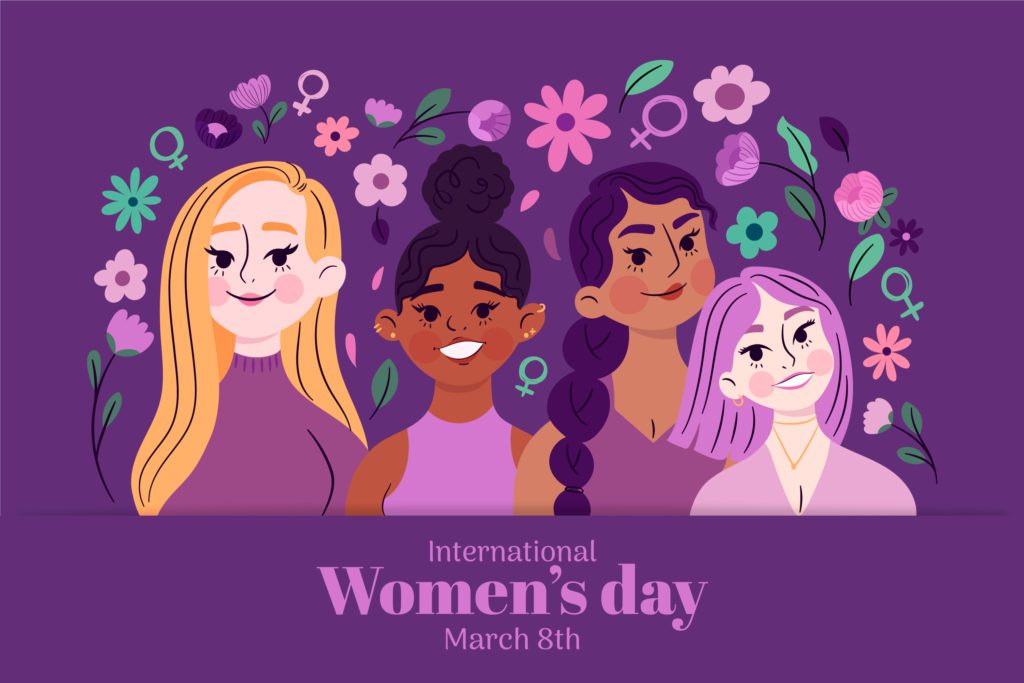It is now 27 years since the United Nations declared March 8 as International Women’s day. The ritual of discussing marginalization, oppression, and discrimination is on the top burner once again.
These societal ills are not gender or boundary sensitive. And the pinches from them can be hard and painful.
Incidentally, the womenfolk bear so much and the challenges are not a few. They appear not to be going away anytime soon.
So, this year’s International Women’s Day presents another opportunity to address these issues. Herculean task you may say? But women and advocates of their rights are still on the center stage, pressing on.
Here are five people: Mahlah, Noa, Hoglah, Milcah and Tirzah. They are all women, the only children of their father, a man named Zelophehad and no male. And they had a tough case.
Other families were getting their land inheritance through their male children. These women took their case to the prophet, Moses, the leader of the Israelites. They asked Moses what their fate would be as their father had no male.
After due consultations, they inherited their father’s land property. This is an account in the Bible dating back hundreds of years ago.
Women’s rights have been an issue and still a card on the table for discussion in 2022.
Let’s go down memory lane to remind you that what has snowballed into a huge agenda started in New York.
Women took their fate in their own hands in 1908 in that city. They marched the streets asking for better wages and shorter working hours. There were 15,000 women who felt marginalized.
It did not stop there; they believed that acquiring political power as well will help their cause. They also demanded a right to vote.
You would have thought this march only took place in the West.
In 1929, about 25,000 women in Aba, south east Nigeria protested against discriminatory policies. They were against the Warrant Chief system, introduction of new taxes and the low price of agricultural produce due to the Great Depression at the time.
Lives were lost in spite of the ‘sit-in’ tactics they adopted. However, positive changes came to be. They made a bold statement.
Again, it dawned on the South Africa government in August 1956 that they had taken an oppressive step, one too many.
About 20,000 women of all colors staged a march on the Union buildings in Pretoria.
Why? To protest against amendments to the Urban Areas Act of 1950. It was to control the movement of black women in urban areas.
A litany of actions taken by women in different parts of the world is a reminder. The struggle has been long and the road full of ditches and bumps.
In America, the first Women’s Day came in 1909. The Socialist party organized the march.
Two years later in 1911, four countries- Austria, Denmark, Germany and Switzerland marked International Women’s Day.
Women in Saudi Arabia also raised their voices by driving cars in a society where they were not allowed to. That was in 2011.
From four countries that celebrated the International Women’s Day in 1911, it is now marked globally.
In 1977, the United Nations had set aside 8 March to celebrate the day annually.
Issues concerning women, from labor and marriage to civil rights are highlighted on a day like this.
Sometimes, the challenges could be as varied as freedom of movement, domestic violence, harassment in the workplace and sexual violence including rape.
Abortion as Women rights agenda still top discussions, while same-sex marriage issue has also been thrown in the mix. Many countries still parry some of these subjects and view them from either cultural or religious perspective or both.
Violence against women ranks high in the list of issues facing them. Sex without consent including gang rape is no longer news in India and other parts of the world.
Not much has been done to culprits and many cases are not reported, sometimes for fear of stigmatization. Some are afraid of being marked for attack if they report anywhere.
Some statistics from the Global Gender GAP Report 2021 throw some light:
-Sexual violence is 45%, 38%, 32% and 31% for Middle East/ North Africa, South East Asia, North America and sub-Saharan Africa respectively.
-137 women are killed daily by spouses or family members and earlier report shows that 132 million girls are out of school worldwide
-more than 1billion women and girls face physical, sexual abuse. Broken down, 1 in 3 women across the world experience violence in their lifetime
-increasing gender-related killing has been recorded
-Female Genital Mutilation (FGM) has affected 200 million girls/women in 11 countries determined from standardized methodology in about 90 countries
– Covid19 lockdown measures increased gender-based violence estimate of 31 million in six months of lockdown were made by UNFPA.
The odds against women stack high and here are more:
– Women are paid less; they earn 77% of what their male counterparts are paid for the same work
-they largely don’t hold positions of power according to Amnesty International report
-only 26% of parliamentary seats in 156 countries (35,500 seats) are women
-26.6% of 3400 ministers are women
-as at January 2021, there has never been a woman head in 81 countries.
Some of the organizations that monitor gender issues worldwide are supervised by, linked to, or network with the United Nations. Yet, the UN has never had a woman for Secretary General.
So, it is a long walk to attaining the goals set out. There is no consensus of action as different societies, countries and religious persuasions tow their preferred lines of action.
However as we mark the 2022 International Women’s day,
dialogue amid networking of groups and organizations will continue to play a major role in making appreciable progress.

